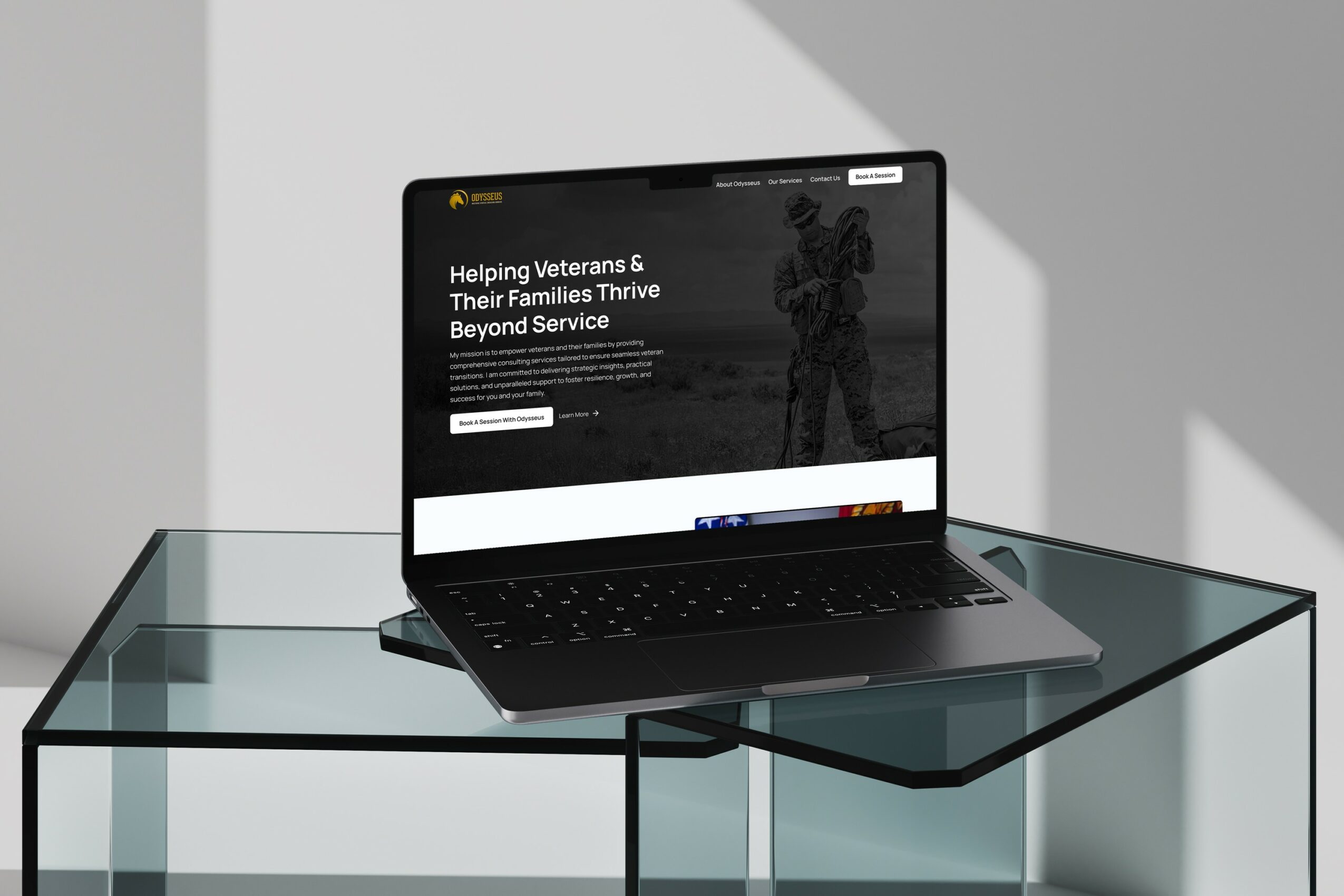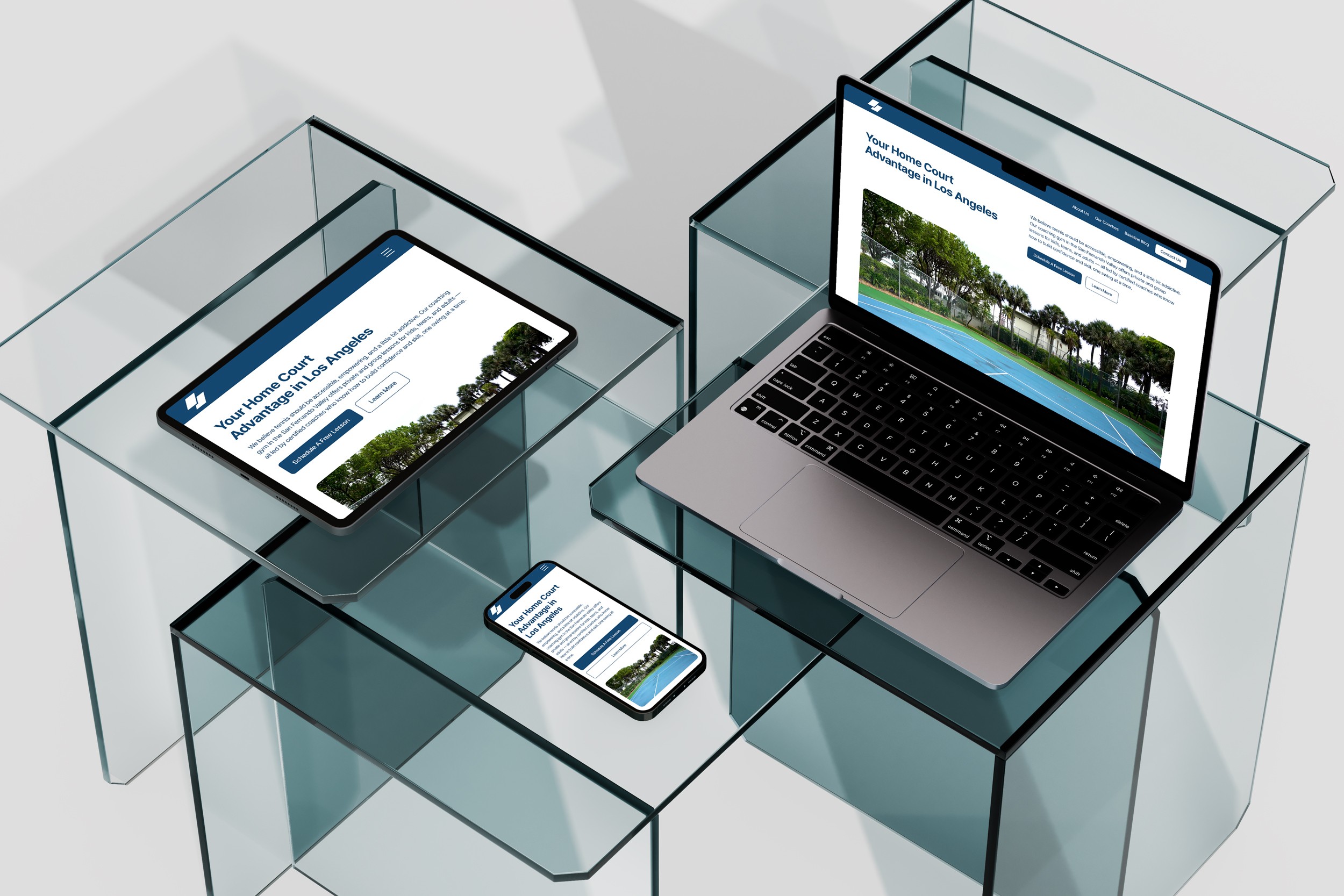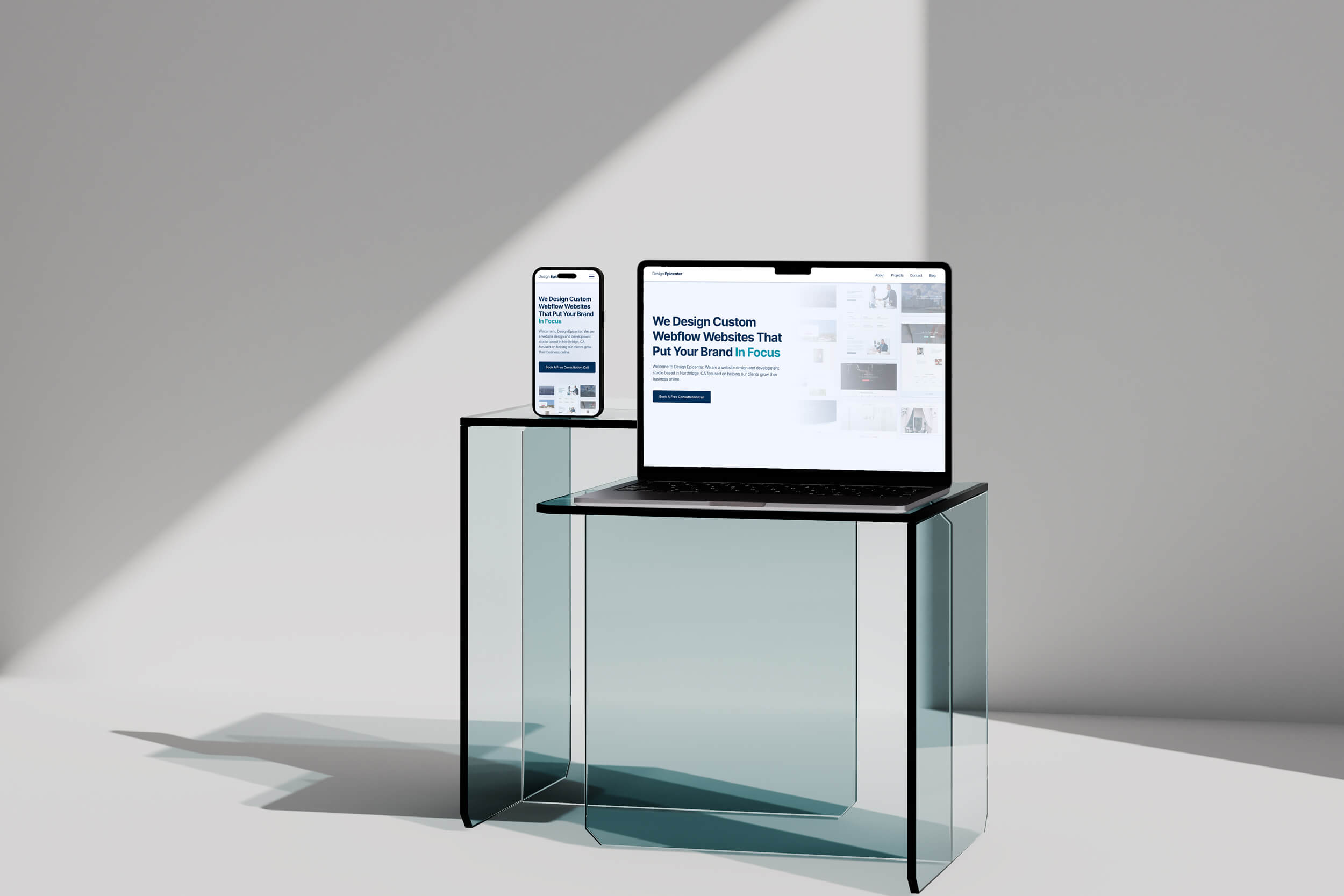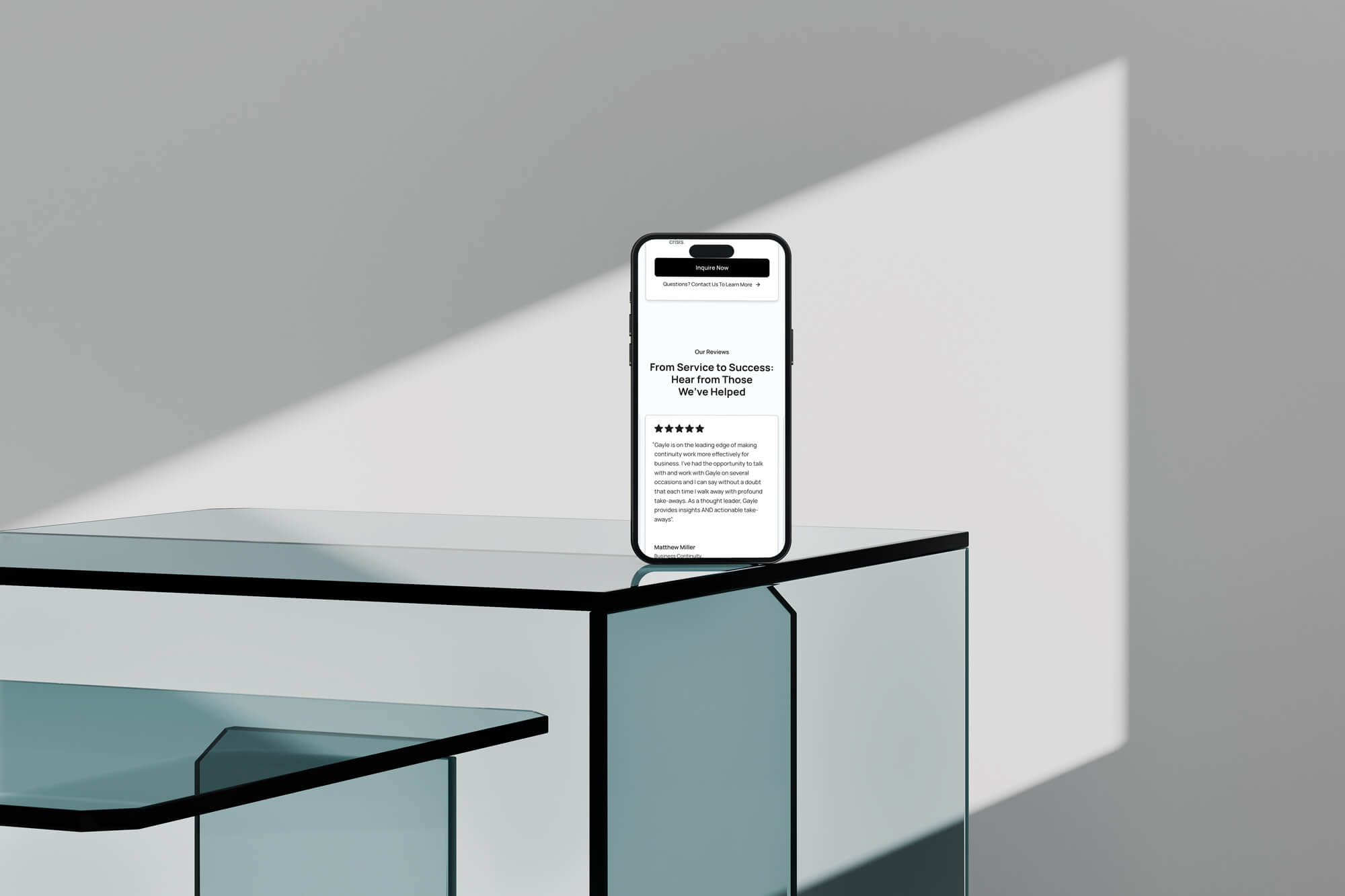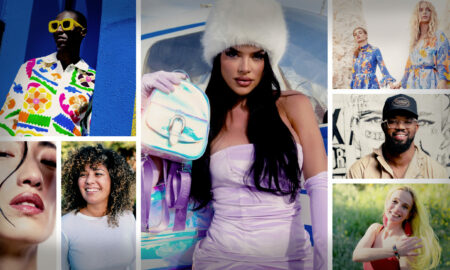

Today we’d like to introduce you to Brian Love.
Alright, so thank you so much for sharing your story and insight with our readers. To kick things off, can you tell us a bit about how you got started?
I love this question because I can pinpoint the exact moment the idea of becoming a website designer and developer first came to me. It was a random afternoon in November 2013 at Cal State Northridge. I was a sophomore, sitting in the Sierra Center lounge, scrolling the internet to kill time, when I stumbled upon a website for a clothing brand called Cav Empt. It looked like digital art, unlike anything I had ever seen. For a split second, I thought, “It would be pretty cool to know how to build something like this.” Then I grabbed my backpack and headed to accounting class, not realizing that moment had just planted a seed.
At the time, I was studying Business Law, and the idea of web design quickly faded into the background. After graduation, I worked as a sports reporter covering the Los Angeles Sparks and USC Basketball. A week out of college, I was sitting courtside at Staples Center with a press badge that had my name on it, surrounded by the same journalists I grew up watching on TV. It felt surreal.
But about a year later, when layoffs started sweeping through digital media, I knew I needed to think about my long-term future. Around that time, the “learn to code” movement started trending online. I took it seriously. I bought every course I could find on HTML, CSS, and JavaScript. I also had a corporate 9-to-5 job at the time and even started taking the train to work just to get an extra half hour to study instead of wasting it in LA traffic.
A few months later, toward the end of 2018, I discovered Webflow, and it changed everything. The interface reminded me of the graphic design programs I used as a kid, and it allowed me to build websites using the concepts I was learning without worrying about syntax since the app handled the code. It’s what’s known as a visual code editor.
I spent the next year mastering Webflow and getting good enough to make a living building websites. On December 31, 2019, I finally took the leap, left my corporate job, and started my new life as a full-time web designer and developer.
Would you say it’s been a smooth road, and if not what are some of the biggest challenges you’ve faced along the way?
I think the road metaphor is perfectly appropriate because I would describe my journey a lot like LA traffic. It started out smooth, and I was making “great time,” but as soon as I got onto the freeway, I hit bumper-to-bumper traffic before finally finding an opening again.
I left my corporate job in December 2019 without much of a network in web design or development. Finding that first client was tough since I did not have much real-world work or testimonials to show. I landed a few small maintenance projects early on, which gave me confidence, but then the pandemic hit.
Everyone assumed I had perfect timing, that web designers were thriving during COVID. But most of the businesses I reached out to were just trying to survive. Nobody was thinking about a new website when they were not sure if they would still have one the following month.
After enough rejection, I decided to reframe it. I treated that season like a “redshirt year,” a year to train, learn, and sharpen my skills. I joined every Webflow and design community I could find, and that is where I came across a post from a design agency in Miami looking for a freelancer to help with a project.
A few hours later, I had the design files for what became my first real project. When I opened the file, I realized it was for a celebrity. My heart dropped.
I remember thinking, You are in the deep end now. Swim.
That collaboration turned into an ongoing partnership, and that same agency remains one of my most important clients to this day. The slowdowns, detours, and traffic jams were not obstacles. They were the route that led me here.
Can you tell our readers more about what you do and what you think sets you apart from others?
Most of what I do falls into two lanes. Some projects are full builds where I handle both design and development, and others are collaborations where I am brought in strictly as a Webflow developer to bring a designer’s vision to life.
When I design, I use the Jobs-to-Be-Done framework to guide my decisions. It shifts the focus from what the brand wants to say to what the user is trying to accomplish. That perspective helps me design experiences that not only look great but also move people to take action.
I always tell clients, “The website is yours, but it is for your customers.” That shift changes everything about how we approach decisions.
Lately, most of my work has been Webflow development only, and honestly, that is my favorite part. I love figuring out the smartest, cleanest, and most scalable way to bring a design to life. The client in Miami who gave me my start once told me, “There is no creativity without constraints,” and I have found that to be especially true in development. The design acts as the blueprint, but there is more than one way to build it, and that freedom within structure is where creativity really comes alive.
Every development decision requires balance between creativity and structure, design and performance, innovation and accessibility. I always have to consider how each choice will affect every type of user, especially those with accessibility needs. Animation, interaction, and visual movement can elevate an experience, but only when handled responsibly. My goal is to bring a designer’s vision to life while ensuring that no one is excluded from enjoying it. True creativity, to me, lies in finding harmony between visual beauty and functionality.
What were you like growing up?
Growing up in the San Fernando Valley in the late 90s and early 2000s was what I’d call the quintessential childhood experience. I was born a week before the 1994 Northridge earthquake, so whenever people learn where I’m from and how old I am, that’s the first thing they bring up. It became such a defining part of my story that I named my business Design Epicenter.
I’ve always had a fascination with technology. My mom still laughs about the time my grandparents got their first VCR and didn’t know how to work it yet. I was about a year and a half old, in a baby rolling walker chair, and apparently decided to figure it out myself. She swears I put the tape in correctly and hit play. I’ll have to take her word for it.
I was lucky enough to grow up surrounded by both technology and entrepreneurship. I can still remember helping my mom save her work files on a 3.5-inch floppy disk, or what my peers now know as the save icon. She used this specialized software that only worked on MS-DOS, and even as a kid, I remember thinking it looked outdated compared to everything else around us. That small contrast between the old and the new made me realize how quickly technology moves, and I was hooked from that point on.
My grandparents came to the U.S. in the 1950s and opened their own clothing store. My mom is a self-employed court reporter, and my aunt runs a commercial real estate business. So being around people who built something of their own always felt normal to me.
Enough time has passed now that I can comfortably tell these stories, but back in elementary school, if my mom had a job that was going to take all day, she would take me out of school early under the guise of a doctor’s appointment, and I would spend the rest of the afternoon and evening with my grandparents, who lived over the hill in the city.
There’s that famous quote about not letting school interfere with your education, and I believe this was one of those examples. My grandfather had a subtle way of teaching me about life and business without ever labeling it as a lesson. Before he came to the U.S., he worked in a department store back in Czechoslovakia, so he had decades of stories to tell. Anyone who was lucky enough to have met my grandfather will tell you he was quite the salesman, with a natural gift for connecting with people.
But the person who probably influenced me the most, business-wise, was my best friend’s dad. He had his own business distributing CDs and cassette tapes. I didn’t realize it at the time, but he showed me that you can make a living doing something you love. He used to come over a few times a week to watch the Dodgers with us, and I always looked forward to hearing stories about his business and what he was working on. I consider him the Vin Scully of business play-by-play because he would paint these vivid pictures of how he made deals, found rare tapes, or talked his way into the right rooms. He doesn’t know this, but every time he left, I thought to myself, That’s the kind of life I want when I grow up.
Contact Info:
- Website: https://www.designepicenter.com/
- Instagram: https://www.instagram.com/designepicenter/
- Youtube: https://www.youtube.com/@brianlove28
- Other: Personal Instagram – https://www.instagram.com/thelovedoctor64/
